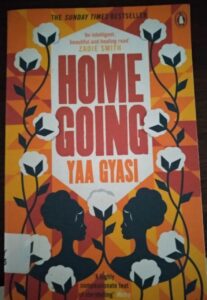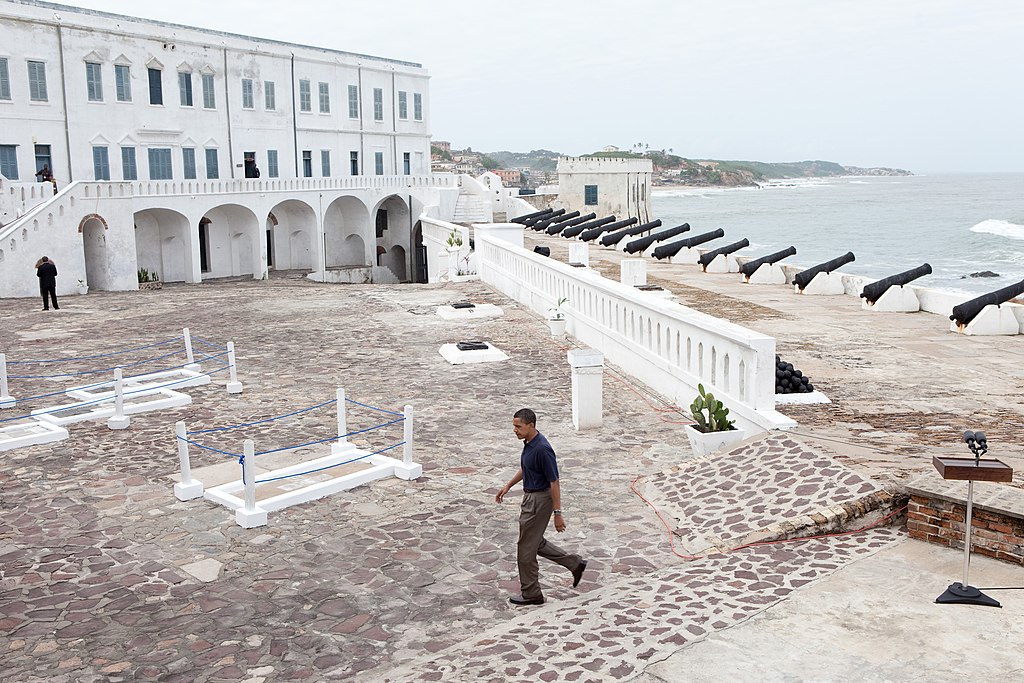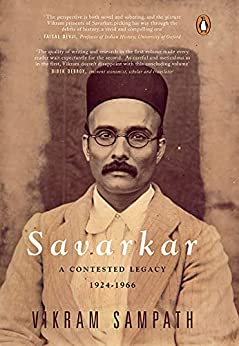
In the last two three years , there have been a number of books authored by Indic writers , not to be mistaken for Indians writing in English. Some people call them right wing, though it doesn’t make much sense to me.
Before going in to Biography of Veer Savarkar by Dr Vikram Sampath ,it is worth going through a brief biodata of the author himself.
Dr Vikram Sampath was raised in Bangalore and completed his schooling at the Sri Aurobindo Memorial School and Bishop Cotton Boys’ School . He was trained in Carnatic Music since the age of five; among his teachers were Jayanthi Kumaresh and Bombay Jayashri. Sampath graduated from BITS Pilani with a degree in Electronics Engineering, and later with a master’s degree in mathematics.
Against the wishes of his professors, who wanted him to pursue a PhD in topology (an avatar of pure mathematics) , he shifted to finance and obtained an MBA in Finance from S. P. Jain Institute of Management and Research. In October 2017, Sampath received a doctorate in ethnomusicology from the School of Music at University of Queensland, Australia.
His first love of music ; and as can be seen from his qualification in Science and Finance, one wonders what motivated him to write about Veer Savarkar , a name that would automatically slot him into Right Wing. A point to note is that his first book was on Wadiyar Dynasty of Mysore, second on Gauhar Jaan who was India’s first classical musician to record on the gramophone and the third was on the life of Veena maestro S. Balachander. The common thread running through all these subjects is the love ‘India that is Bharat’ .
Vinayak Damodar Savarkar or Veer Savarkar is not the kind of household name in our country as Gandhi or Nehru; though it should have been.
Veer Savarkar had founded the Abhinav Bharat , a revolutionary movement in 1904. It was a secret society founded on the lines of Mazzini of Italy towards an armed struggle to win freedom for the country.
He served for 15 years in Andaman and by the time he was interned in Ratnagiri Mahatma Gandhi was already leading the Congress.
Everybody knows , that Indian National Congress was sharply divided into moderates and extremists.
It is the story of moderates we hear; Gandhi, Nehru , Patel and so on. There were contributions from thousands of others who believed in different paths to liberation of their nation . They were great patriots , no doubt, but their stories were given a quiet burials by their own countrymen, as the British did not approve of their methods.
Among extremists , Lala Lajpat Rai , Bal Gangadhar Tilak and Bipin Chandra Pal of the Lal, Bal and Pal fame are known to some extent. Who all have heard of Madan Lal Dhingra ,VVS Iyer, Vanchinathan, Neelkanta Brahmachari,or Thirumalacharya ?



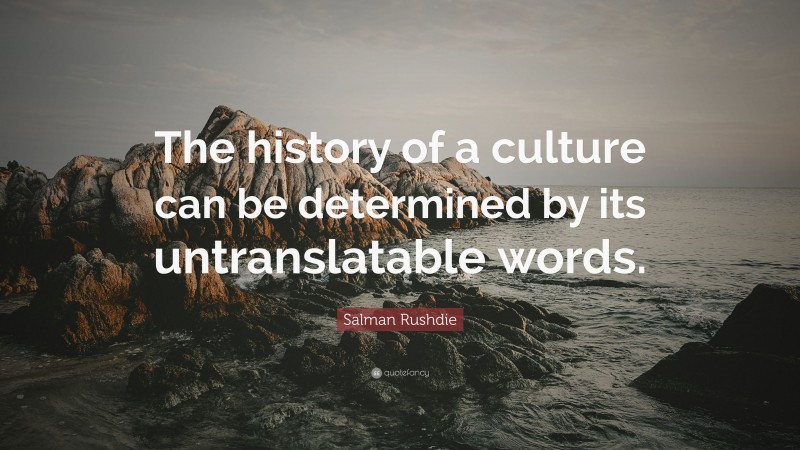
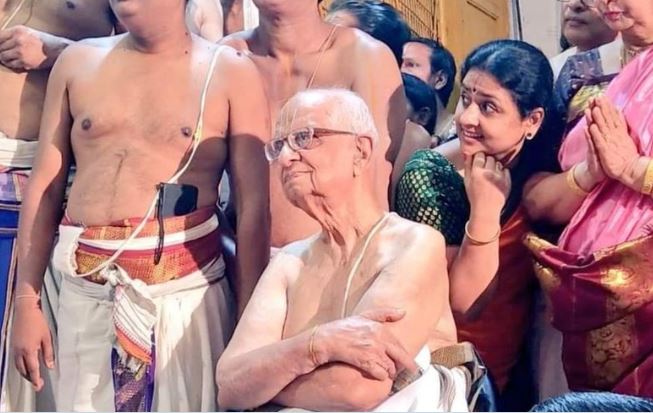

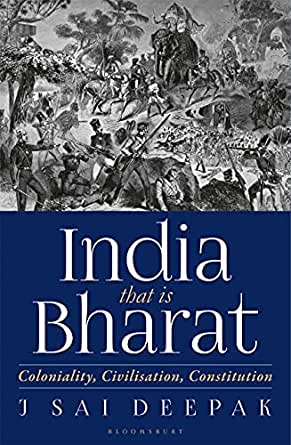 Started reading the book India That is Bharat by J Sai Deepak.
Started reading the book India That is Bharat by J Sai Deepak.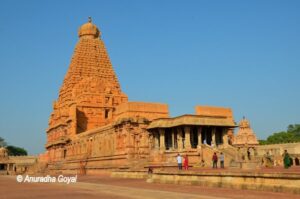 One book like Thirukkural or one Architectural marvel like Brihadeeswara Temple ,Thanjavoor, both over 1000 years old, is enough to see that we are a highly evolved Civilization.
One book like Thirukkural or one Architectural marvel like Brihadeeswara Temple ,Thanjavoor, both over 1000 years old, is enough to see that we are a highly evolved Civilization.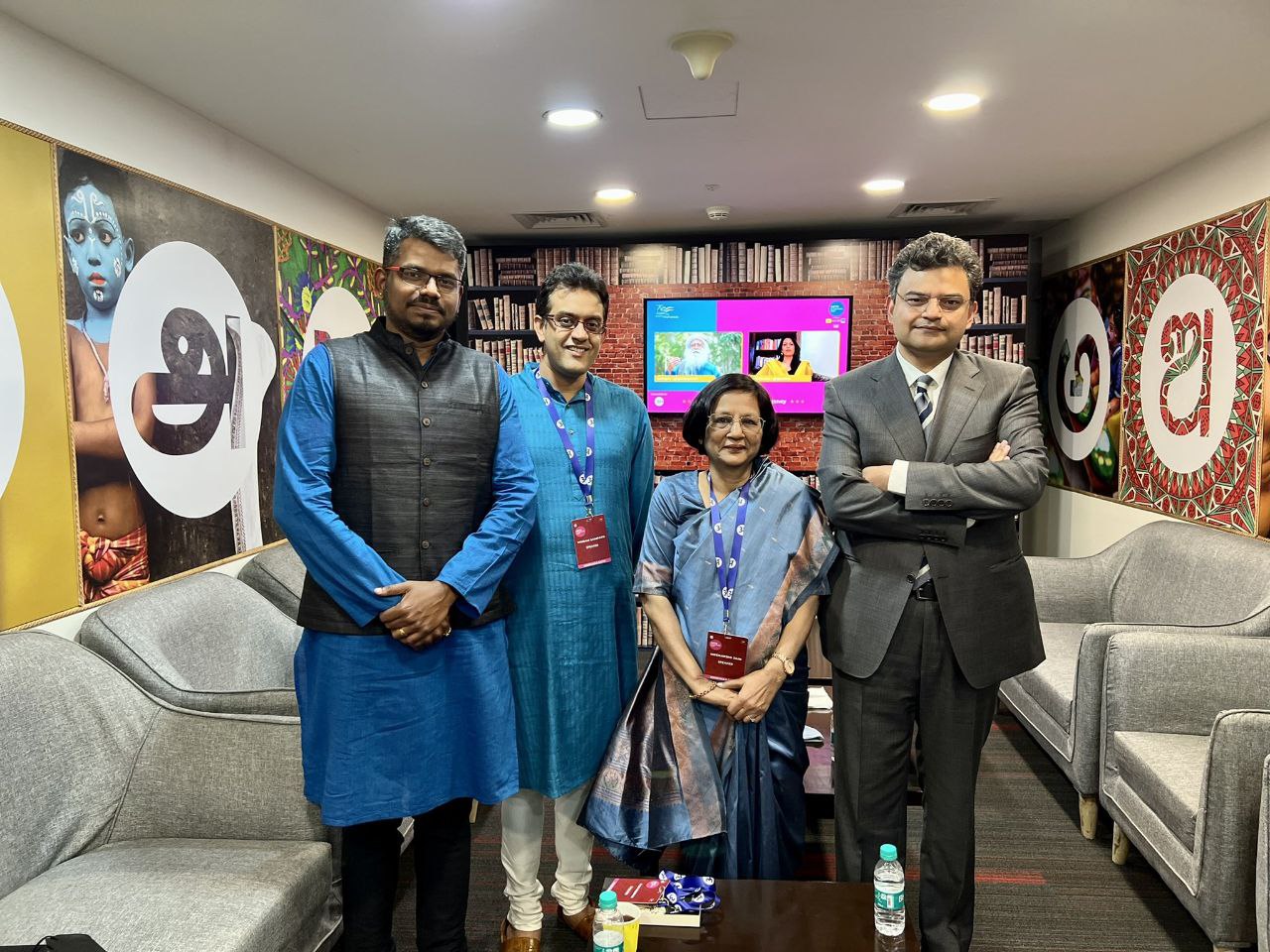

 A bookmark marks a page in a book ; obvious, isn’t it ? But that was yesterday. Today , a bookmark marks not a page in a book but a web page in the Cyber-sphere. Done creatively, It can also be used to mark the part of your day or a place in a project ; be it an individual project or a group project.
A bookmark marks a page in a book ; obvious, isn’t it ? But that was yesterday. Today , a bookmark marks not a page in a book but a web page in the Cyber-sphere. Done creatively, It can also be used to mark the part of your day or a place in a project ; be it an individual project or a group project. Smartphones also have some nifty apps to collect links to URLs Keeplink is one such app I use.
Smartphones also have some nifty apps to collect links to URLs Keeplink is one such app I use.
